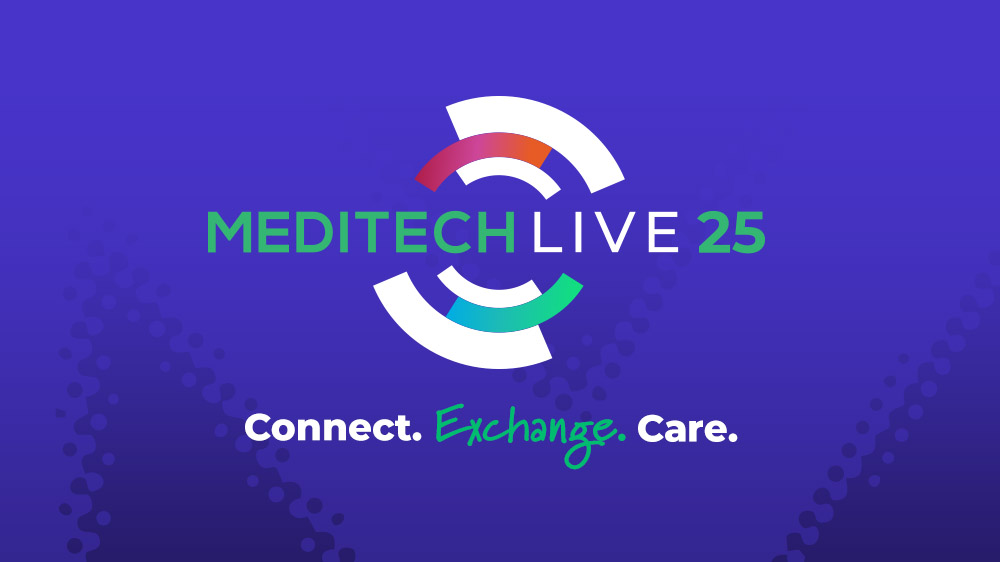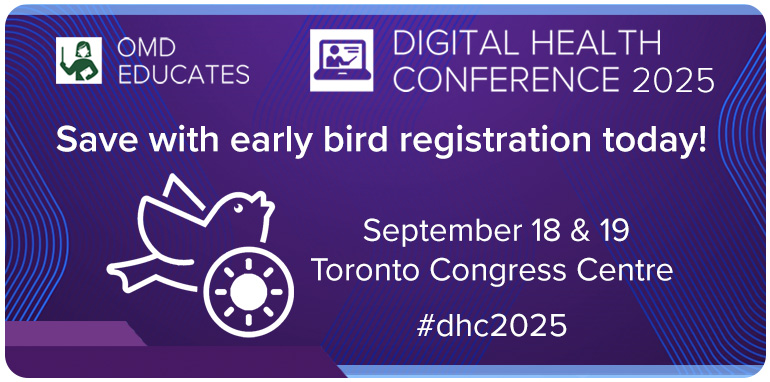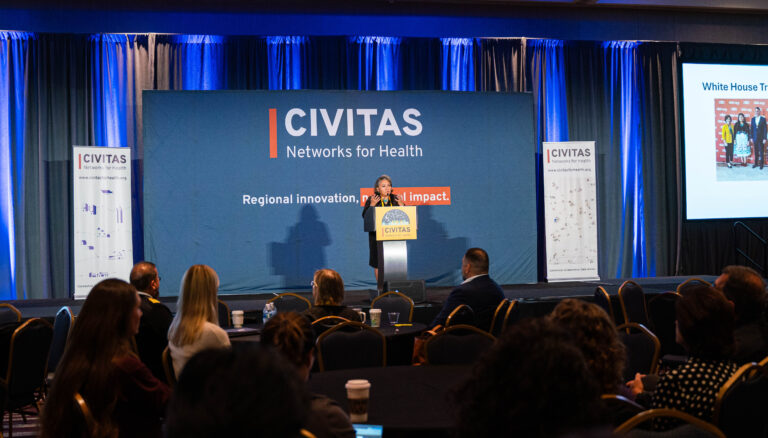In theory, EHR integration can positively impact population health whenanalytics are applied to help translate raw data into actionable change. While most healthcare systems are moving in this direction, many are still striving to more to effectively utilize their data.
Susquehanna Health System, in Williamsport, Pa., is one institution that’s seen some sucesses on this front, by integrating their perioperative analytics tools from Surgical Information Systems with its Cerner EHR technology across its four campuses, including 30 operating rooms.
“The goal wasn’t just to deploy an EMR and OMR to collect data; if we couldn’t do anything with this data, it wouldn’t have any use,” Susquehanna Chief Information Officer Tim Schoener tells Healthcare IT News.
“We take a look at what the data shows us to make workflow changes that yield positive patient outcomes and financial success,” adds Lori Beucler, vice president and chief nursing officer at Susquehanna.
Integrating perioperative analytics has helped the health system bring down its average length of stay by 29 percent (from 4.7 days to 3.3), reduce its 30-day readmissions to below the national average and has placed them in the 100thpercentile in all areas of the Surgical Care Improvement Project, they say.
Moreover, as team members measure outcomes through data tracking, that’s allowing Susquehanna to meet all three Triple Aim goals and reduce workflow issues, while improving patient experience, productivity and outcomes,
The system is loaded with new data every day, while certain aspects create real-time monitoring for faster response times and reporting factors.
“Our data integrity has increased by the ability to quickly analyze data,” Linda Brandenburg, Susquehanna’s EHR project and business manager tells Healthcare IT News.
But integration wasn’t immediate. “We knew in the beginning not to completely trust the data and didn’t make any big changes for at least a year,” says Beucler. “We really wanted to make sure the data was accurate to provide a realistic picture. Within six months the data was improving and more accurate.”
“It’s kind of garbage in, garbage out,” Schoener adds. “There was a lot of thought of how to get good data out at the end.”
Analytics needs to be valuable and meaningful, which “has to do with how you’re going to drive decisions,” he says. “Without good data, it’s simply not possible to get it out.”
Part of the integration success was ensuring all valuable team members were on board with the project, through a systematic approach.
“We gathered key stakeholders on an committee, basically every department the system would touch,” Beucler says. “Using an eyes-wide-open approach, we could verify a unified implantation process to avoid creating new problems.”
One of the biggest integration challenges was getting staff accustomed to electronic documentation, as many had used paper documentation for most of their careers. Education was crucial to ensure all were confident in its use. Staff were trained and tested with test patients and skilled supervisors.
“In terms of the human aspect, the system is user-friendly and implementation went well,” Beucler says. “It improved workflow so well in the Anesthesia department, within an hour we dropped paper documents because it was so easy to do and paper documentation was so redundant.”
Interfacing was another big challenge, as they were merging systems that had never been interfaced before.
“It was the first time we had interfaced a surgical EMR with all of the tiers systems,” Bradenberg says, “We needed to understand how it could work to make it efficient, including the interfaces that send information out to other systems.”
All campuses were updated to the new system at the same time and was up and running in about four weeks. The team sees their ability to take action as the largest part of their success.
“You see so much out there with big data and analytics, it’s really where the rubber meets the road,” Schoenberg says. “Just do something. We get so consumed with the need for data, but stall when it comes down to actually putting it into action.”





































